WIPP Waste Characterization Has Been an Issue for Over Two Decades
CCNS NEWS UPDATE
Runs 5/30/14 through 6/6/14
(THEME UP AND UNDER) This is the CCNS News Update, an overview of the latest nuclear safety issues, brought to you every week by Concerned Citizens for Nuclear Safety. Here is this week’s top headline:
- WIPP Waste Characterization Has Been an Issue for Over Two Decades
Essential to disposal of radioactive and hazardous waste at the Waste Isolation Pilot Plant (WIPP) is to know what is being disposed of through a process called waste characterization. Chemical and radiological reactions can occur in the waste containers, and for that reason it is essential to test each container before it is transported to WIPP. This is to assure that ignitable, corrosive, reactive, or chemically incompatible materials are not in the container. If a drum contains any of these types of waste, it cannot be shipped to WIPP unless it is treated first with industrial absorbents or the problem materials are removed.
For over two decades, the Department of Energy (DOE) and its contractors have resisted comprehensive waste characterization. The Resource Conservation and Recovery Act (RCRA), a federal hazardous waste law, administered by the New Mexico Environment Department, requires comprehensive waste characterization.
In 1998, the Environment Department released a draft hazardous waste permit for WIPP. Southwest Research and Information Center and CCNS submitted joint comments, hired technical experts, and participated in the permit hearing, which lasted 19 days. Including stronger waste characterization in the permit was a core issue. DOE opposed some of those requirements.
Rather than using comprehensive testing, DOE and its contractor wanted to rely primarily on historical records, called acceptable knowledge. That is still DOE’s position. Last year DOE requested, and the Environment Department approved, provisions eliminating some of the chemical sampling and analysis requirements. They claimed this would save $5 million. But now, 14 weeks after the radiation leak, it appears “acceptable knowledge” was not enough sufficient for the Los Alamos National Laboratory drums involved in the release. It is obvious that it will cost more than $5 million to cleanup WIPP.
It is unfortunate that some of the waste characterization issues raised by citizen groups were ignored at the 1999 hearing. Deborah Reade represented Citizens for Alternatives to Radioactive Dumping at that hearing. She specializes in translating technical information into language understandable to laypeople, and her excellent summaries of the testimony are available at nuclearactive.org. Given the accident and current situation, taking time to read them is eye opening.
As Ms Reade pointed out, “I think it’s great that we had the foresight to memorialize the testimony so that now, when it’s needed, we can look back and see what was considered important at the time and remains important now. Originally, comprehensive waste characterization, in addition to acceptable knowledge, was considered essential for WIPP to ‘start clean and stay clean’ throughout its operations. We still need this type of characterization now since the acceptable knowledge is often so lacking–especially about the hazardous part of the waste. Clearly, we also need better regulation both at WIPP and at the sites sending waste to WIPP. This two-fold approach is needed to prevent releases both at WIPP and on the highways.”
This has been the CCNS News Update. For more information, please visit our website at nuclearactive.org.



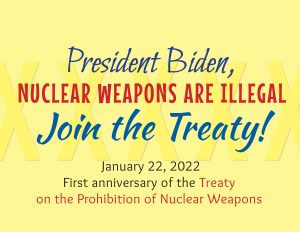
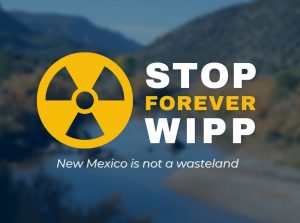






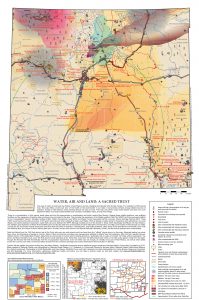
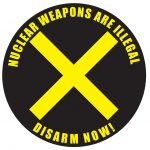
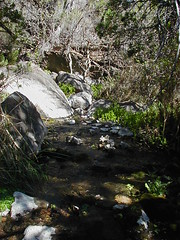

Comments
No comments so far.